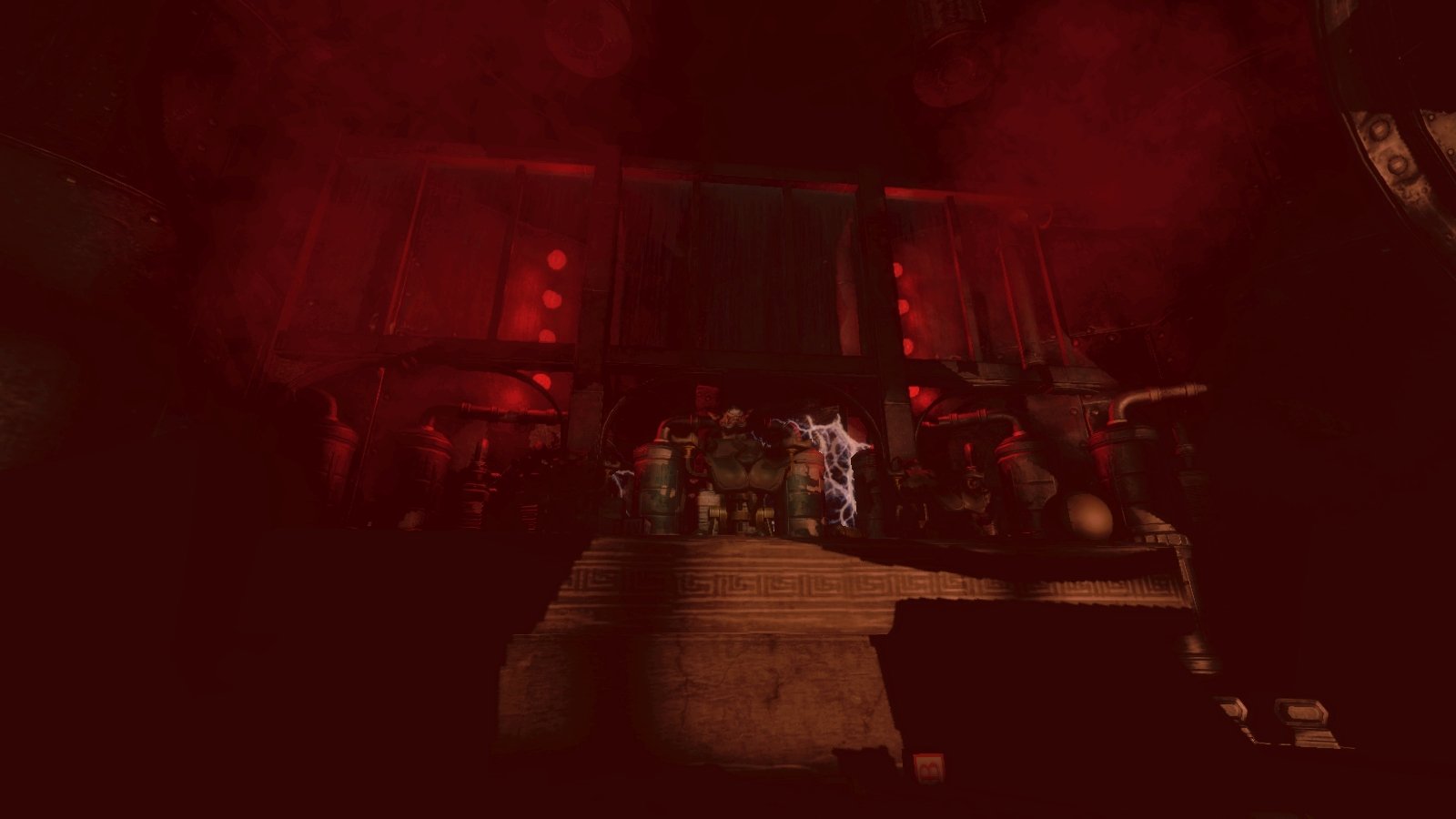A Machine for Pigs (2013)
Winner of 4 International Awards
Nominated for 8 International Awards inc.
2013 Writer’s Guild of Great Britain Award
The year is 1899. A new century dawns..
Wealthy industrialist Oswald Mandus awakes in his bed, wracked with fever and haunted by dreams of a dark and hellish engine. Tortured by visions of a disastrous expedition to Mexico, broken on the failing dreams of an industrial utopia, wracked with guilt and tropical disease, he wakes into a nightmare. The house is silent, the ground beneath him shaking at the will of some infernal machine: all he knows is that his children are in grave peril, and it is up to him to save them.
Amnesia: A Machine for Pigs is a terrifying journey into madness, industrialisation and the darkest secrets of the soul.
An almost flawless exercise in lurking horror - Gamespot
Dark Descent took you on a steady journey into an ocean of madness. A Machine for Pigs will hold your head underwater until you're about to drown and then bring you back up for air, again and again - PC Gamer
An ever-growing sense of sheer dread the likes of which few games have ever been able to accomplish - IGN
Has a weight that left my spirit crushed and my nerves frayed. I found it difficult to play for longer than an hour at a stretch, not because of anything specifically terrifying happening but because everything in the game was so suggestive of terror. - Polygon
Creative/Game Director, Producer, Story Creation & Script, Narrative Director (including casting, voice direction, dialogue editing and implementation), Level Design & Scripting, Publisher relations, marketing + PR, QA, Concept creation and development.


